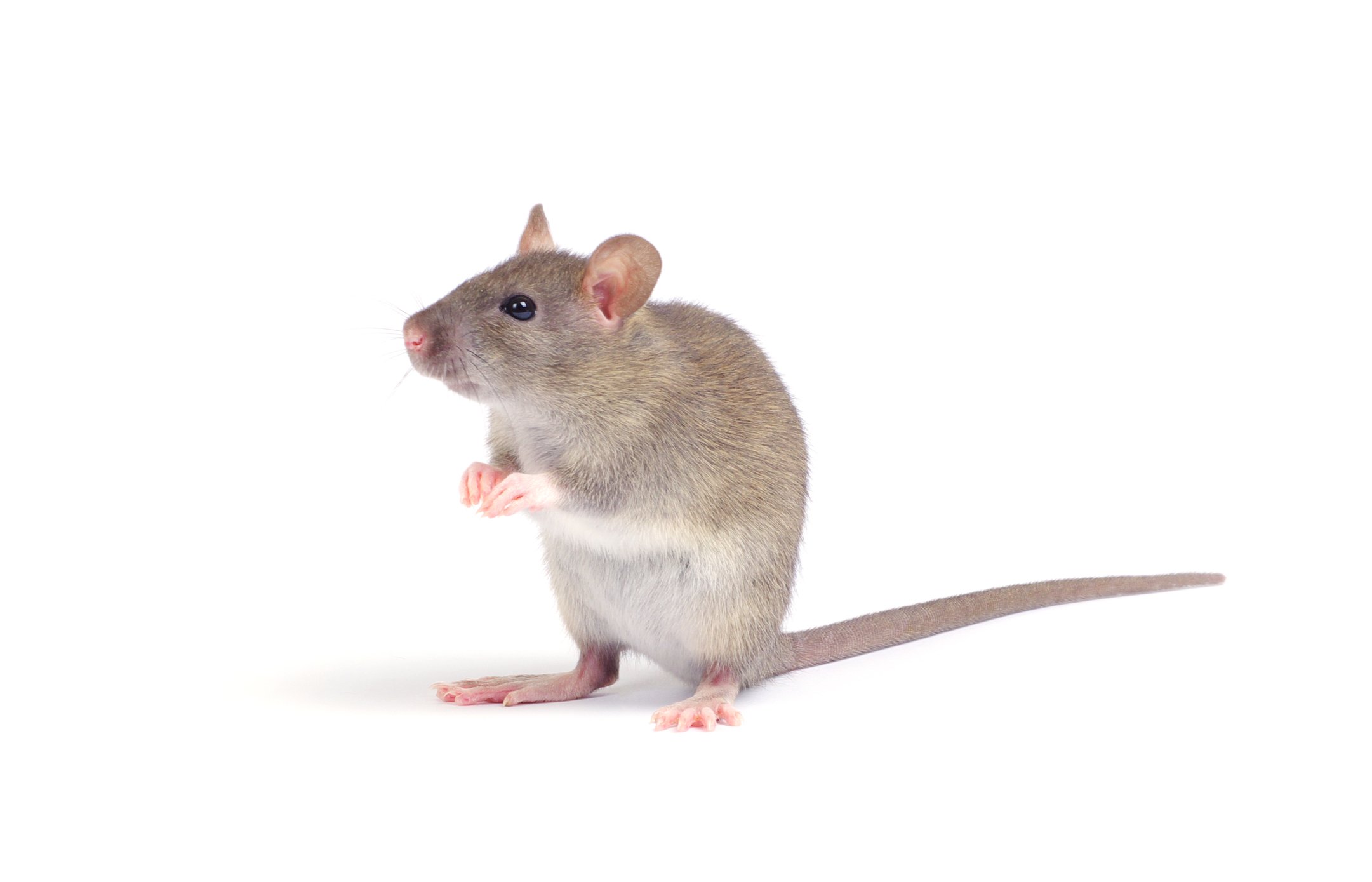From rat bites and scratches to saliva and urine rats can cause many diseases.
Roof rat citrus damage pictures.
Install rat guard around the trunks of the citrus trees.
Roof rats get ferocious and tend to bite or scratch when threatened or cornered.
Roof rats are frequent visitors to yards and homes across the country.
Citrus rat fruit rat black rat or gray rat is an introduced species of rat native to southern asia it was brought to america on the first ships to reach the new world and has spread around the world.
Such pests including the citrus rat cause significant damage to crops and can spread disease such as the bubonic plague.
The roof rat sometimes called the black rat is a common vertebrate pest in citrus and nut orchards in citrus it builds leaf and twig nests in trees or it can nest in debris piles thick mulch on the ground or in shallow burrows under the tree especially in hot weather.
According to the university of california statewide integrated pest management program roof rats are especially fond of avocados and citrus and often eat fruit that is still on the tree.
Adult roof rats measure 6 8 16 20 cm when combining their head and body length.
Roof rats have soft and smooth fur that is typically brown with intermixed spots of black.
Fruit rats or roof rats as they re commonly called thrive in warm fruit bearing areas.
Other identifying traits include their pointed noses hairless ears and dark fur with light colored underbellies.
Like norway rats roof rats eat a wide variety of foods but they prefer fruits nuts berries slugs and snails.
In livestock feed yards and barns roof rats often burrow.
As climbers roof rats are more likely to cause structural damage in homes as they chew on wood and wires.
These bites or scratches can cause what is known as rat bite fever or even tetanus.
This rat is the same species that carried the bubonic plague around the world and is also the reservoir host for murine typhus.
Roof rats are food hoarders stashing supplies of food such as seeds and nuts.
Use a sheet metal or aluminum flashing that is at least 18 inches tall and wrap it around the base of the tree overlapping it by 2 or 3.
The damage to citrus crops by these rats gave rise to the common name.
Roof rats are especially fond of avocados and citrus and they often eat fruit that is still on the tree.
Roof rats are long and thin rodents that have large eyes and ears a pointed nose and a scaly tail.
Roof rats are a health hazard being one of the oldest transmitters of diseases.
Their bodies are seven or eight inches in length though their bald scaly tails add up to ten more inches.
Their undersides are often white gray or black.

